Electric Bicycles: A Guide to Design and Use
Design or build a battery-powered electric bicycle
For much of the world, bicycles are a transportation mainstay.Electric bicycles–powered by a rechargeable battery pack–areproven to deliver the highest possible energy efficiency, evencompared to pedal bikes. A transportation alternative to fossilfuels, electric bicycles are fast catching on, in part because theydon’t require factory assembly. End-users can easily construct themwith available components.
The text reveals important techniques, data, and examples thatallow readers to judge various propulsion setups–used in bothhome- and factory-made bikes–and estimate speed and traveldistance for each. Numerous charts clearly present the costs,benefits, and trade-offs between both commercial and user-convertedmodels.
Key features include:
Estimating motor-performance for wind, hill, and cruising powerrequirementsEstimating battery capacity and a thorough description ofbattery chargingMotor and motor-control optionsEvaluating motor-to-wheel coupling optionsPlacement of propulsion componentsConfigurations and performanceHow systems-engineering techniques can produce electric-bicycledesigns that have long travel range and low life-cycle costTestingDevelopments to watch
A comprehensive resource for harnessing innovation, ElectricBicycles is the definitive practical guide to taking fulladvantage of this exciting alternative energy technology.
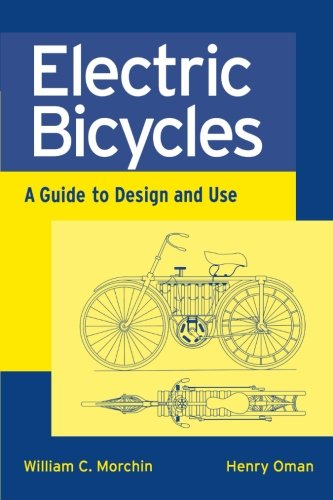

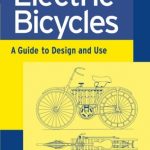
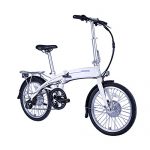
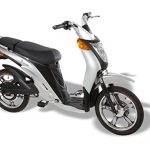


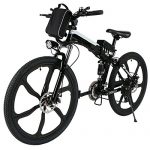

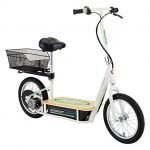
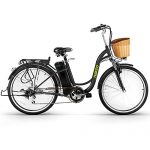
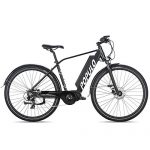



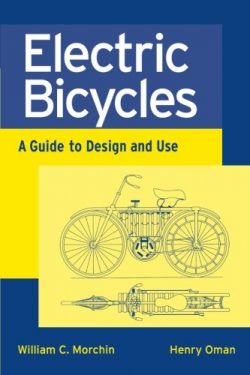
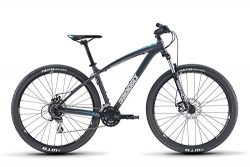




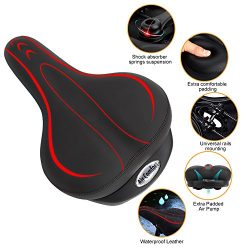





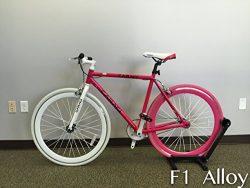

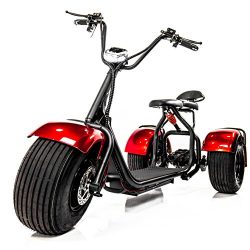
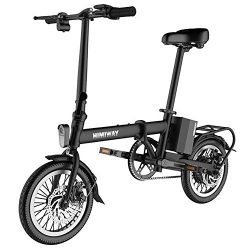
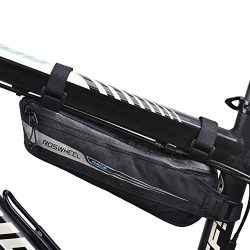
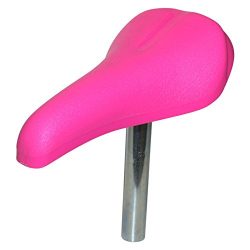
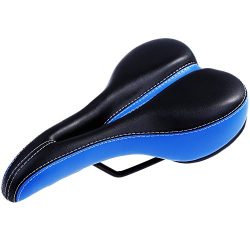
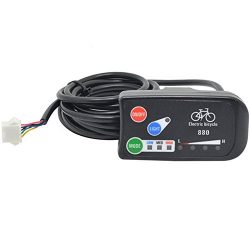
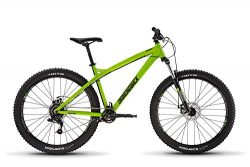
A little dissapointed
Electric bikes! A really good overview of the various ways to power an electric bike. The author describes DC series motors (cheap, available, heavy) and the 3 phase AC motors (light, efficient, costly) as well as battery requirements. Obviously we would all like a bicycle that is light, efficient, and can be powered by muscle or electricity as required with no weight penalty: not gonna happen. Electric bikes are for efficient transportation to work, school, shopping. They will always be heavier and glonkier…
Text book review…